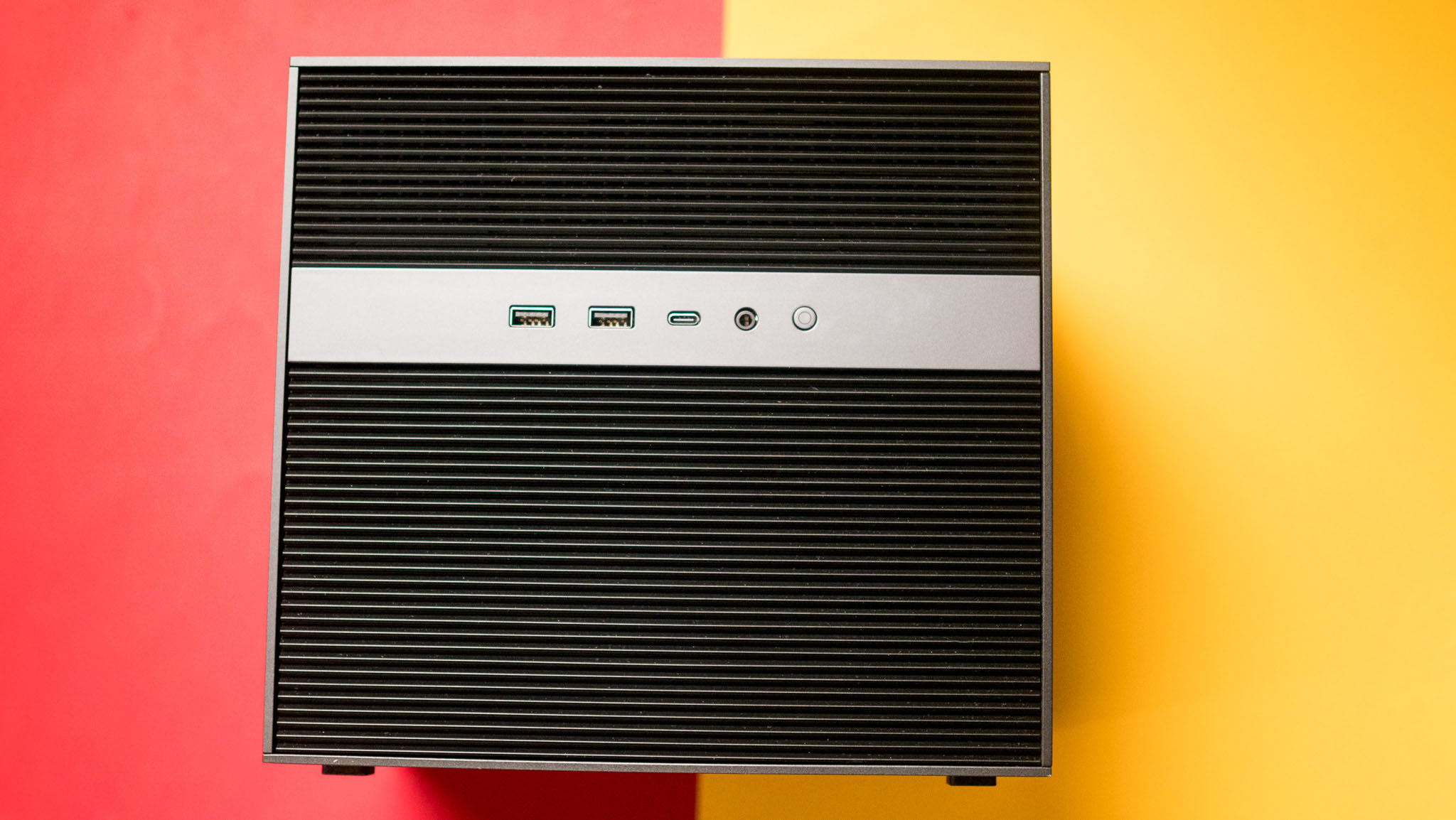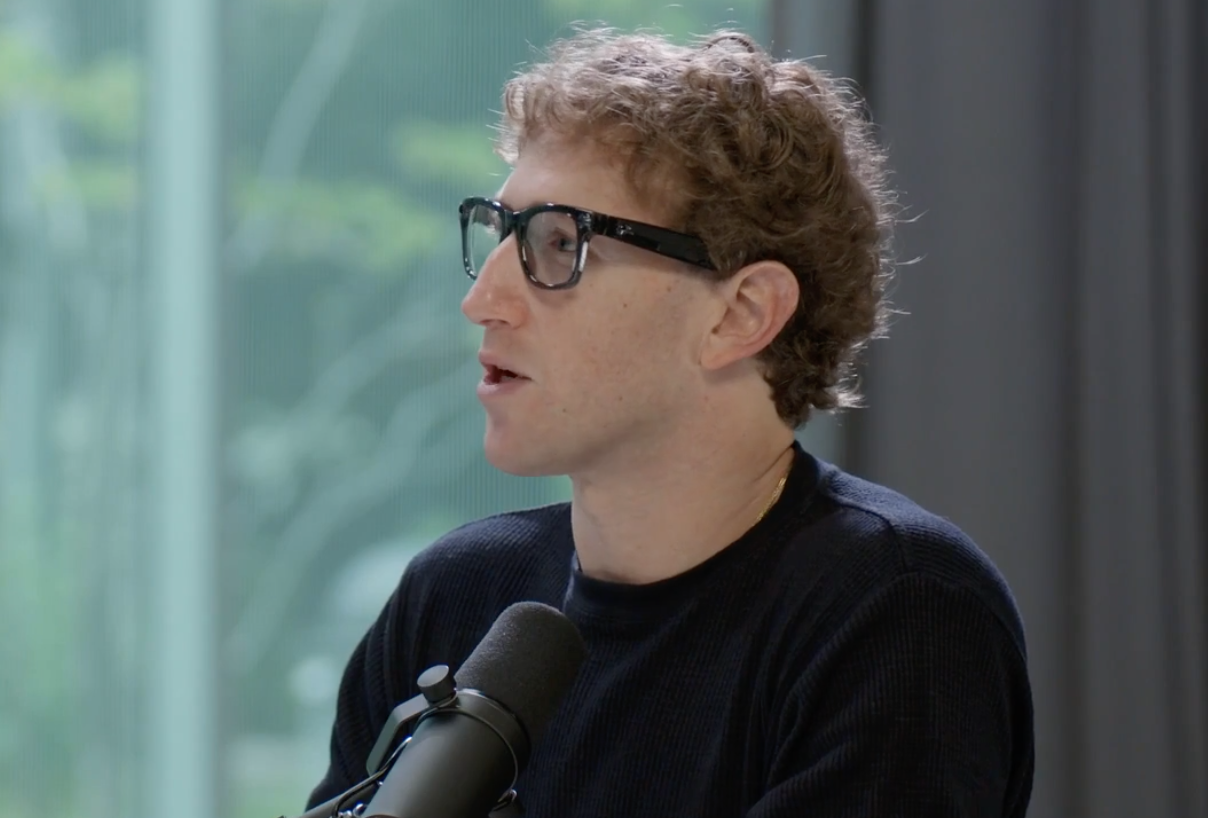Samsung's Galaxy S25 Edge Release Date and Pricing Challenges Amid Tariff Hikes

The saga surrounding Samsung's highly anticipated ultra-thin Galaxy S25 Edge has taken a series of unexpected twists, some of which are less than favorable. Starting with a hint of good news, recent reports indicate that the internal management struggles at Samsung may have pushed the smartphone's launch to the May-June timeframe.
However, it appears that Samsung has now settled on a specific release date, which is actually earlier than many had anticipated. According to reliable sources, particularly a leak from SamMobile, the official announcement for the Galaxy S25 Edge is set for May 13. Previously, speculation pointed toward a mid-April unveiling, but recent corporate restructuring has altered the timeline.
As for the announcement itself, indications suggest it will be an online-only event, foregoing the traditional glamorous launch showcases that often attract media attention and consumer excitement. A lingering question remains regarding whether the device will be available for purchase within the same month of the announcement or if consumers will have to wait until the following month. Additionally, the pricing of the phone remains a significant concern due to the recent geopolitical climate.
The Galaxy S25 Edge is anticipated to feature a 6.7-inch OLED display, a staple of Samsung's flagship devices. Under the hood, it is expected to be powered by Qualcomm’s latest Snapdragon 8 Elite System on Chip (SoC), ensuring top-tier performance capabilities. In terms of design, the phone's shell is rumored to be crafted from titanium, contributing to both its aesthetic appeal and durability, while its cross-section profile is expected to measure under six millimeters, emphasizing its ultra-slim design.
Camera enthusiasts will likely be thrilled with the expected specifications, as the phone is said to sport a remarkable 200-megapixel primary camera, complemented by a 12-megapixel ultrawide lens. However, this sleek profile may come at a cost, as the battery size could be smaller compared to that of the standard Galaxy S25, raising concerns about battery life.
On the more pressing side of this launch saga is the looming issue of pricing. Insider reports and industry analysts have generally predicted that the Galaxy S25 Edge will fall within a price range between the Galaxy S25+ and the Ultra variant, suggesting a retail price of over $1,000.
The smartphone industry has recently been disrupted by a significant announcement from former President Donald Trump, who introduced a new set of sweeping tariffs. These tariffs are particularly impactful because they target key manufacturing regions for major tech companies like Samsung and Apple, including Vietnam, China, and India. Experts predict that as a consequence of these tariffs, a price increase for smartphones is almost unavoidable.
According to a statement from CounterPoint Research, shared with Digital Trends, companies like Apple, Samsung, and Google rely on a complicated network of international manufacturing facilities. They note that moving manufacturing operations back to the United States is not a feasible solution without substantial government support, which would take time to implement and would raise costs significantly.
The ramifications of the tariff hikes will not be uniform across the industry, as the financial impact will differ from brand to brand. Notably, over half of Samsung's smartphones are assembled in Vietnam, which has been hit particularly hard with a staggering 46% tariff, as reported by Korea’s Chosun News.
Industry experts largely agree that both Samsung and Apple will need to adjust their smartphone prices in the U.S. market as a direct result of these tariff-induced costs. With the regional supply chain facing increased expenses, it will be intriguing to observe how Samsung navigates the implications of these tariffs on their pricing strategy.
Returning to the Galaxy S25 Edge, it was already expected to be a premium device, and with the introduction of new tariffs affecting almost all of Samsung’s assembly locations, the question arises: will the company absorb these increased manufacturing costs or pass them onto consumers? There is also a possibility that Samsung might consider offering a limited-time introductory price to stimulate initial sales before potentially increasing the price later.



























